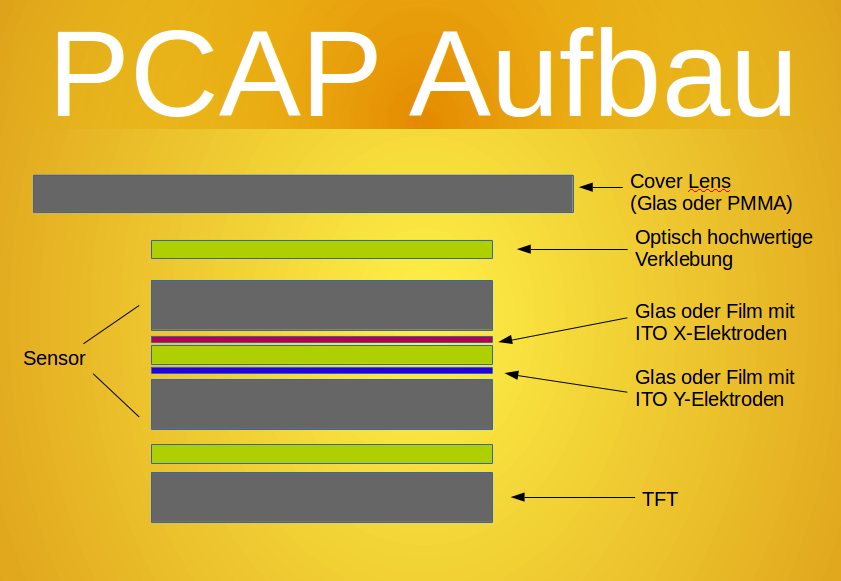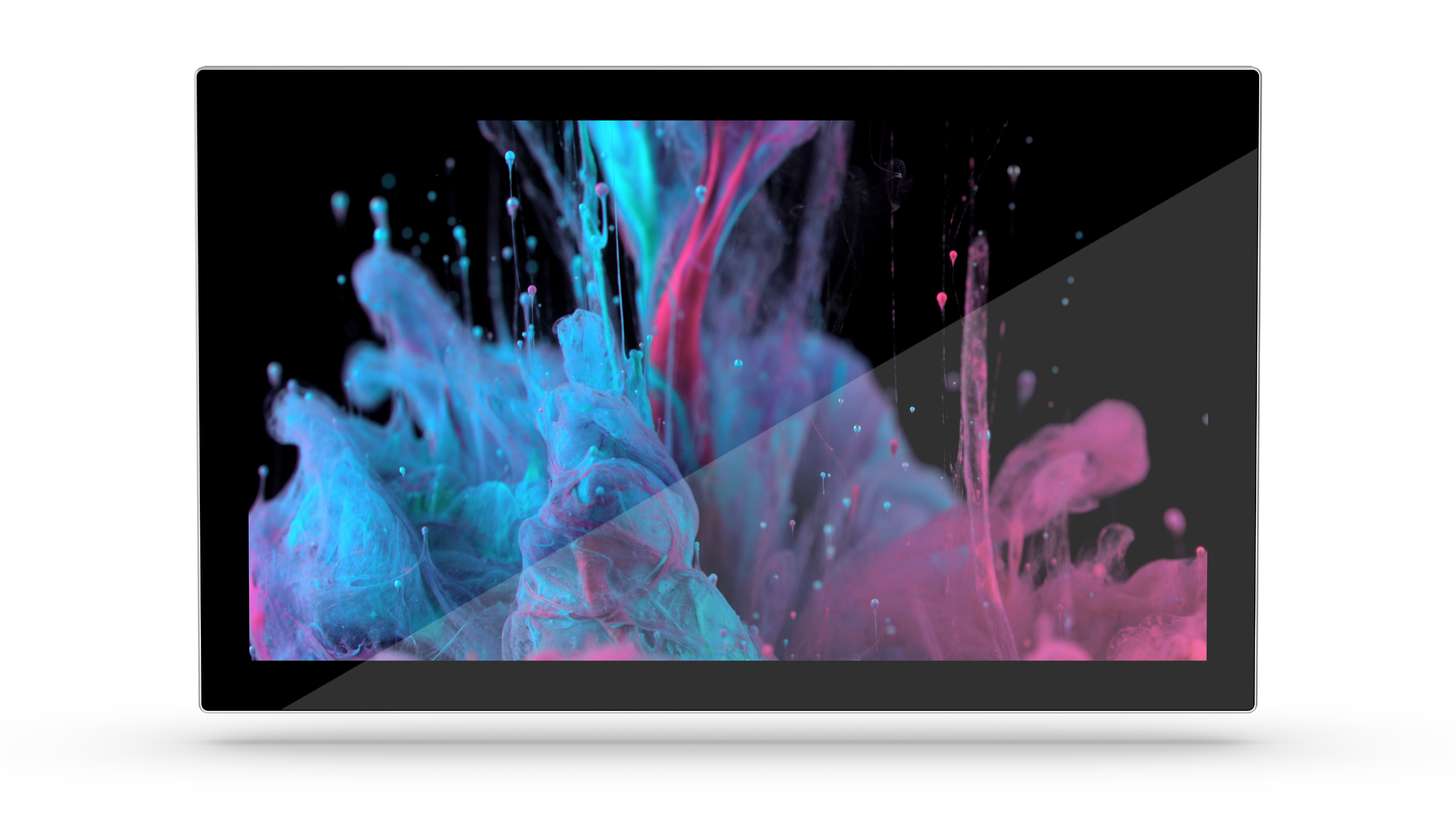Geoff Walker, who has been working for Intel Corporation as a Senior Touch Technologist since 2012, gave a presentation on Where P-Cap is going during the FPD International Taiwan Conference in Taipei in August 2013. In this article, we briefly summarize his key messages.
The projective-capacitive Touchscreen Technologie (= Projected Capacitive Touchscreen) is also known under the abbreviations PCAP, P-CAP or PCT in the industrial world. P-Cap was mainly used in the Apple iPhone and other smartphones.

Increased use of ITO (indium tin oxide)
In a recent presentation, Geoff Walker pointed out that Intel is focusing on reducing the cost of P-Cap and is increasingly relying on ITO (indium tin oxide) substitutes because this is where the greatest potential cost impact can be achieved. According to Walker, the top 3 materials are: metal mesh, silver nanowires, and carbon nanotubes.
Intel is less concerned with the material and more with the process. Other focal points include, for example, lighter, simpler lamination on LCD, plastic as cover glass (not glass), improvement in the supply chain, alternative touchscreen technologies for larger screens, or even true single-layer eletktrodes with acceptable performance.
Intel wants to reduce costs by 50%
Intel wants to reduce the cost of a 13.3 inch P-Cap touchscreen by 50% within 18 months.
The reasons for this goal are manifold and can be read in the presentation slides provided. The conclusion of the lecture are two possible options:
- The P-Cap innovation continues unabated.
- There is still a long way to go before P-Cap is commoditized.
The complete content of Geoff Walker's presentation is available for download as a PDF at the following URL.

